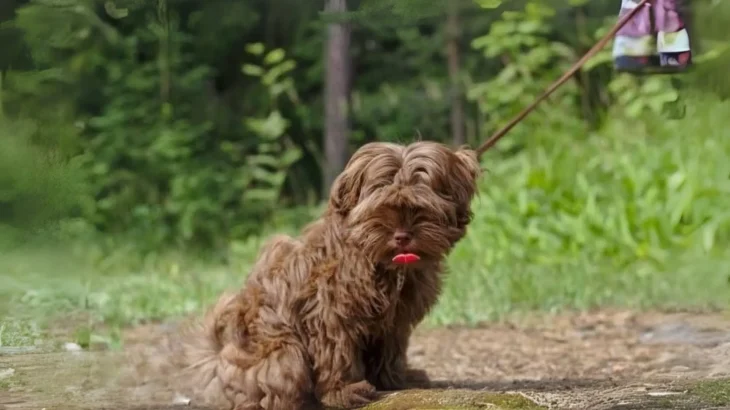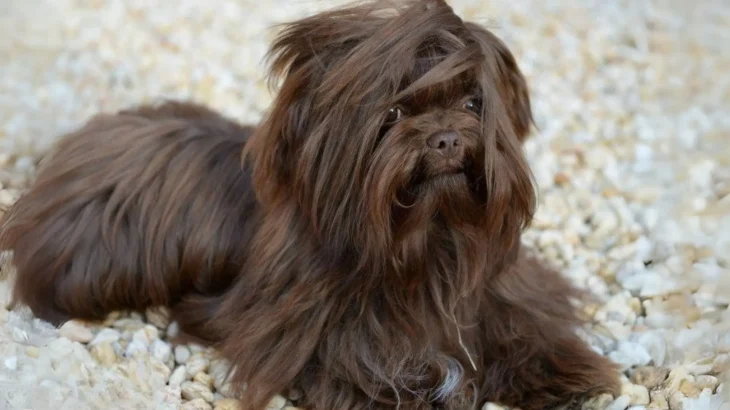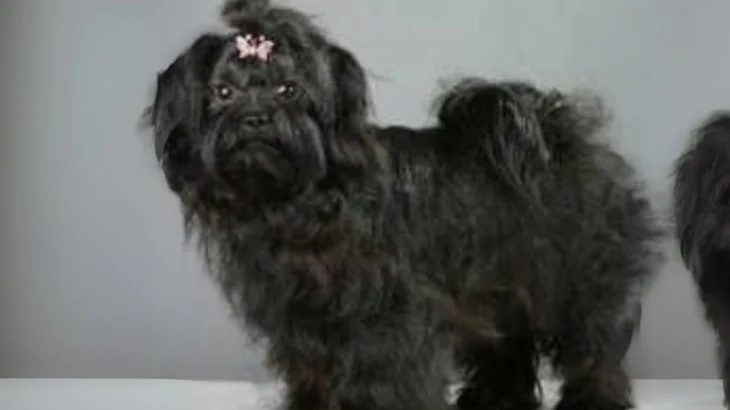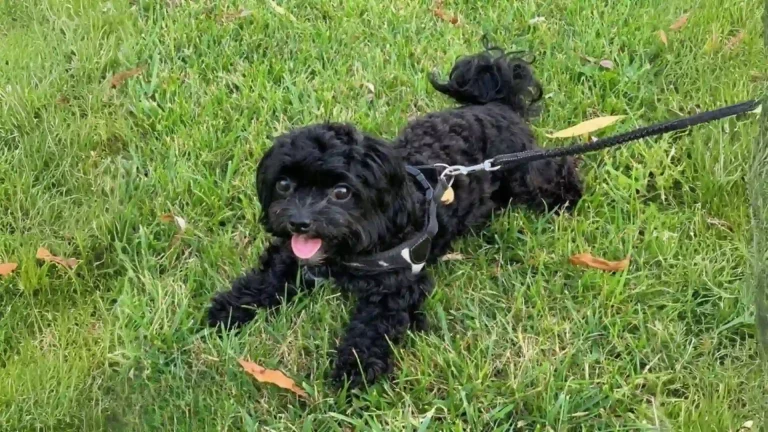Deciding whether to adopt or purchase a Russian Tsvetnaya Bolonka puppy depends on factors like cost, health transparency, and ethics. Buying usually ensures detailed lineage and health records, while adopting is a compassionate choice that can still lead to a happy, healthy companion.
| Criteria | Buying from Breeder | Adopting from Shelter/Rescue |
|---|---|---|
| Cost | Generally higher, reflecting breed purity and pedigree documentation. | Typically lower fees, making it more affordable to provide a home. |
| Health History | Comprehensive health screenings and clear records usually provided. | Health background may be limited or unknown, but basic checks are common. |
| Age Availability | Usually offers puppies, allowing early socialization and training. | Includes various ages, including adults, giving options based on preference. |
| Temperament Insight | Breeders can share lineage temperament traits based on experience. | Shelter staff provide behavioral observations but history may be incomplete. |
| Ethical Considerations | Supports responsible breeders; caution advised to avoid puppy mills. | Provides a home to dogs in need, supporting animal welfare. |
| Breed Purity & Pedigree | Guaranteed breed purity and pedigree documentation are standard. | Breed purity may be uncertain or mixed, depending on shelter/rescue. |




















































